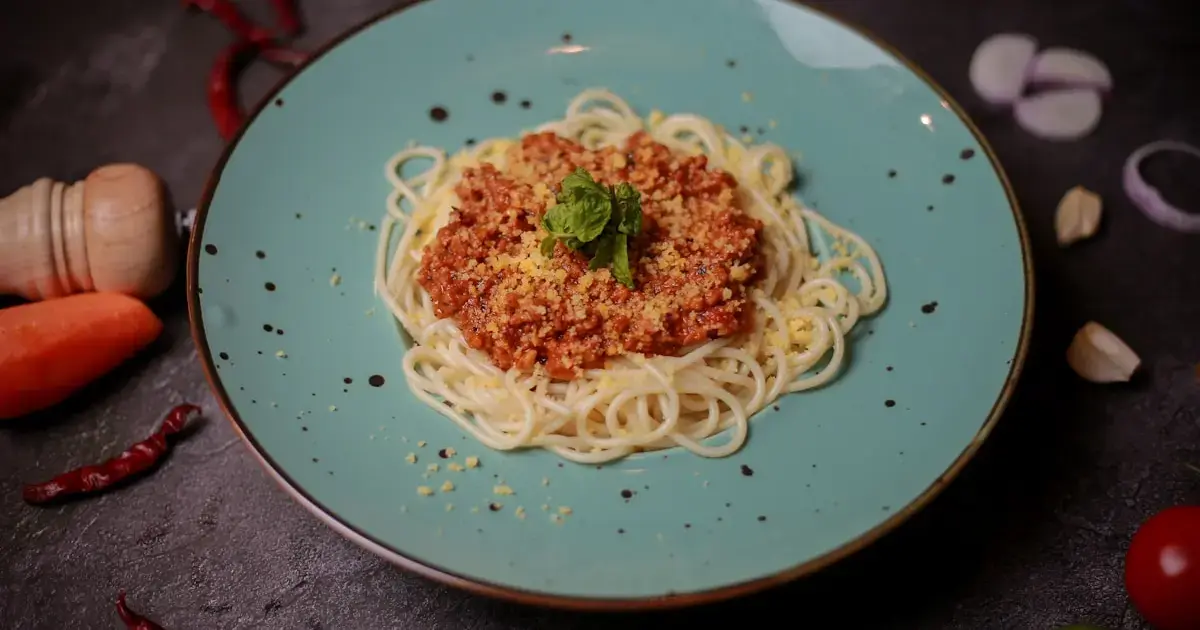 When you hear “spaghetti Bolognese,” you might picture a fragrant made from ground beef, , and herbs. However, British scientists are suggesting an intriguing (and somewhat provocative) twist: Dr. Tennessee Randall from Swansea University in Wales recommends swapping out the usual meat for offal—heart, liver, or kidneys. This isn’t just a culinary experiment; it’s part of a broader discussion about sustainable and eco-friendly eating that aims to reduce the environmental impact of the meat industry.
When you hear “spaghetti Bolognese,” you might picture a fragrant made from ground beef, , and herbs. However, British scientists are suggesting an intriguing (and somewhat provocative) twist: Dr. Tennessee Randall from Swansea University in Wales recommends swapping out the usual meat for offal—heart, liver, or kidneys. This isn’t just a culinary experiment; it’s part of a broader discussion about sustainable and eco-friendly eating that aims to reduce the environmental impact of the meat industry.
Why Eat Offal
Meat by-products, such as heart, liver, kidneys, and tongue, were once common staples in our daily diets. Over time, however, we’ve gravitated towards “nicer” cuts—steaks, fillets, and tenderloins. As a result, a significant portion of the animal often goes to waste.
British researchers remind us that offal is not only delicious (when prepared correctly) but also incredibly nutritious. Liver is a true vitamin powerhouse, packed with iron, zinc, and vitamins A and B. Heart contains coenzyme Q10, which supports heart and cellular function. In other words, offal is a superfood that we tend to overlook.
Moreover, using the entire animal—”from nose to tail”—can significantly reduce waste and make production more efficient, as reported by Daily Mail. This approach could be a small but meaningful contribution to conserving the planet’s resources.

Myths About Taste and Safety
The very idea of consuming offal can be daunting for many. However, most of us simply don’t know how to prepare it. In French, Italian, or Asian cuisines, heart or liver are perfectly normal ingredients; they are sautéed, braised, or added to pastas, pâtés, or sauces.
Yes, the taste is different—more intense, with a slightly “metallic” flavor, especially in liver—but that’s part of the charm. When cooked properly, these ingredients can become tender and aromatic.
The only rule is to buy fresh, organic meat from trusted producers and not to store it for long—it requires freshness and proper cooking.
A New Take on Old Cuisine
So, “Bolognese with Offal” isn’t just a quirky experiment; it’s an attempt to shift our perspective on food. Eating heart or liver isn’t barbaric; it’s a return to a more holistic, conscious approach to eating.

Perhaps you shouldn’t start with beef heart—try something milder, like chicken liver or poultry heart. Who knows, after a few experiments, you might discover a new favorite flavor? Not only is it delicious, but it also helps illustrate that eco-friendly eating can be diverse and exciting.
After all, it’s not just about ecology or saving money; it’s also about curiosity, openness to new experiences, and the ability to see food as more than just calories.
Photo: Unsplash
